44+ Sample Employee Agreements
-

Hourly Employee Agreement
download now -

Card Holder Employee Agreement
download now -
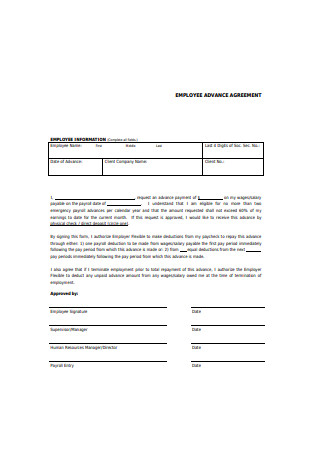
Employee Advance Agreement
download now -

Employee Lease Agreement
download now -

Employee Services Agreement
download now -
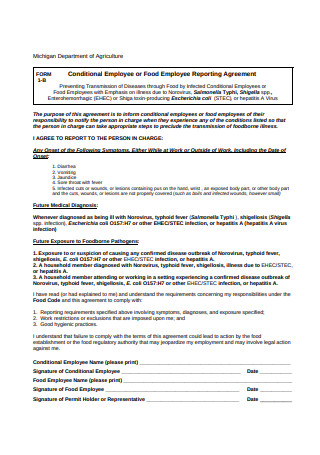
Employee Reporting Agreement
download now -
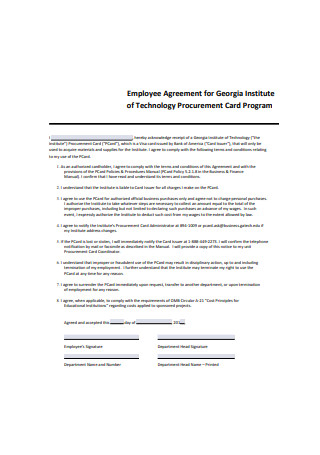
Sample Employee Agreement
download now -
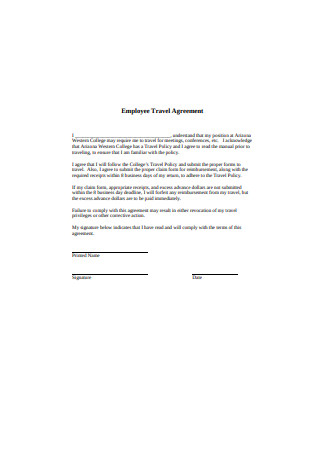
Employee Travel Agreement
download now -
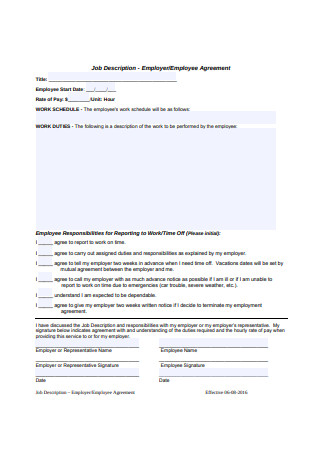
Employee Agreement Format
download now -

Employee Agreement Sample
download now -
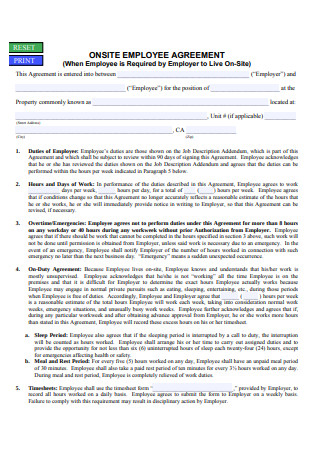
Onsite Employee Agreement
download now -
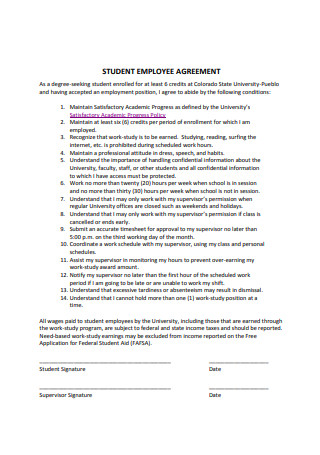
Student Employee Agreement
download now -
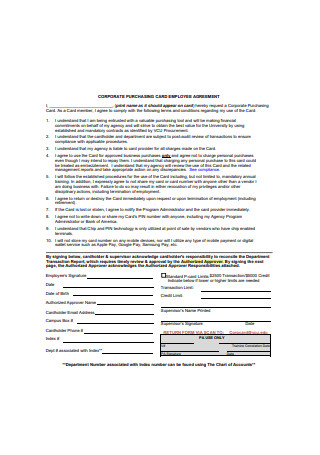
Corporate Purchasing Card Employee Agreement
download now -
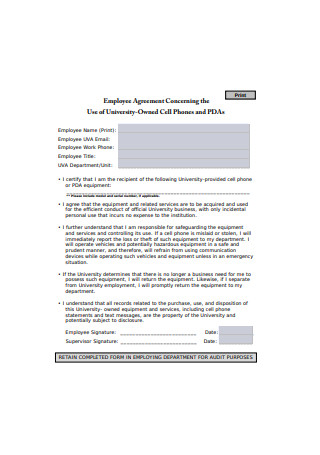
Employee Agreement Example
download now -
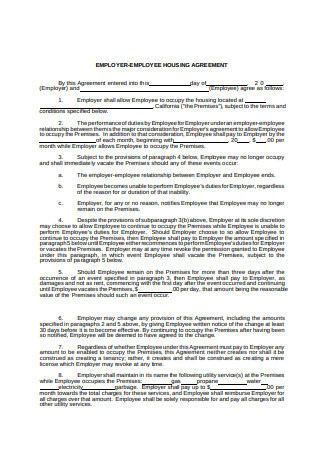
Employee Housing Agreement
download now -
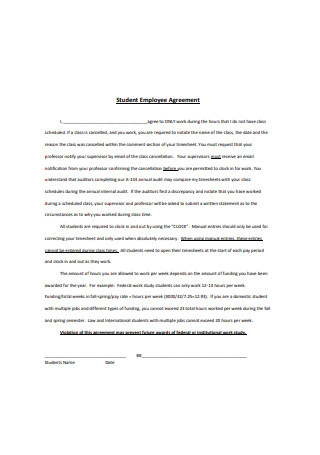
Student Employee Agreement Sample
download now -
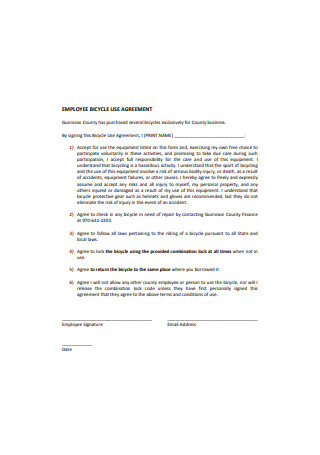
Employee Bicycle use Agreement
download now -

Employee Consultant Agreement
download now -
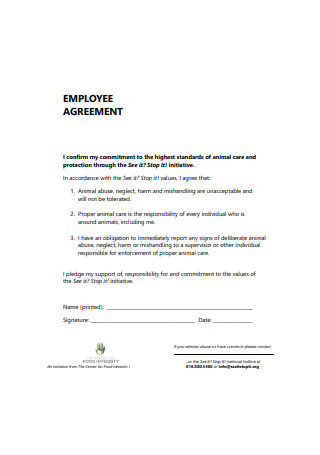
Basic Employee Agreement
download now -

Employee Non-Compete Agreement
download now -
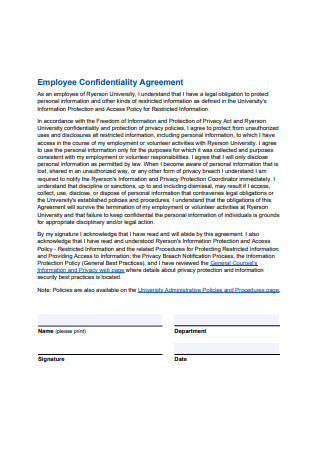
Employee Confidentiality Agreement Sample
download now -

Employee Health Reporting Agreement
download now -
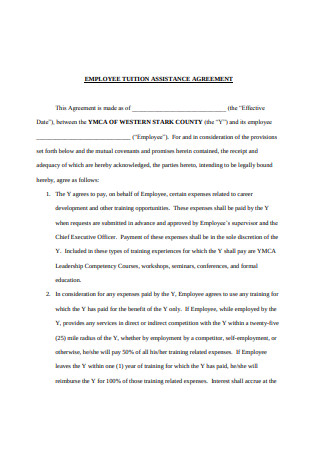
Employee Tuition Assistance Agreement
download now -
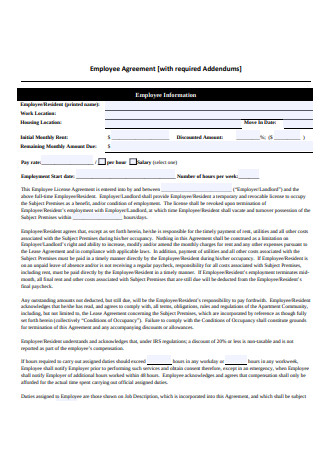
Sample Employee Agreement Format
download now -
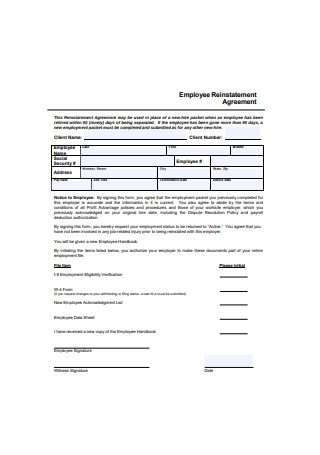
Employee Reinstatement Agreement
download now -
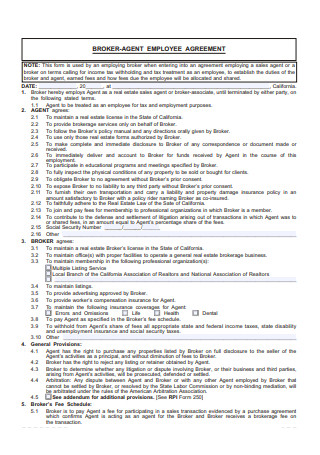
Broker Agent Employee Agreement
download now -
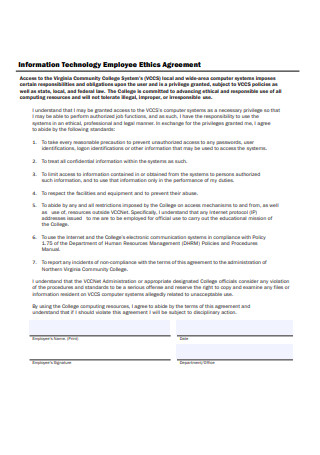
Employee Ethics Agreement
download now -
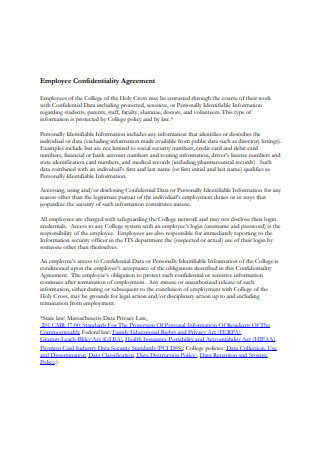
Basic Employee Confidentiality Agreement
download now -
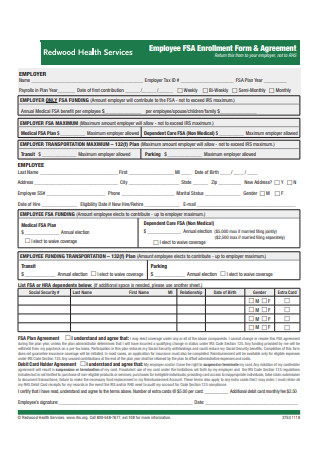
Employee Agreement Form
download now -
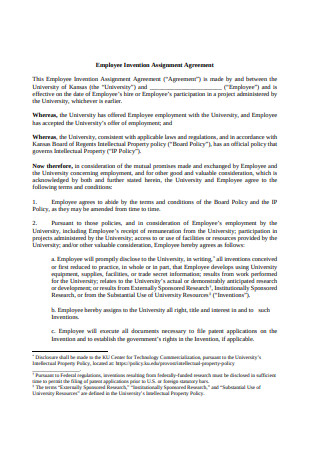
Employee Invention Assignment Agreement
download now -

Sample Employee Agreement Example
download now -
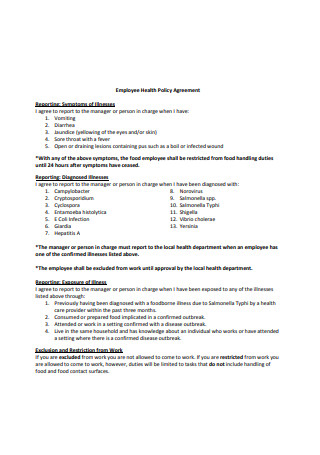
Employee Health Policy Agreement
download now -
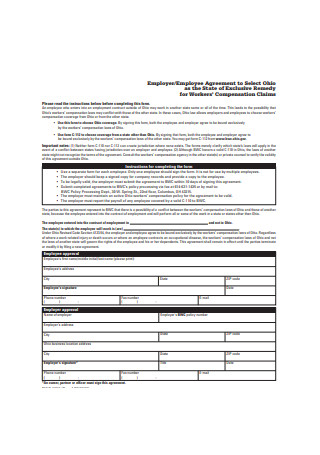
Basic Employee Agreement Sample
download now -
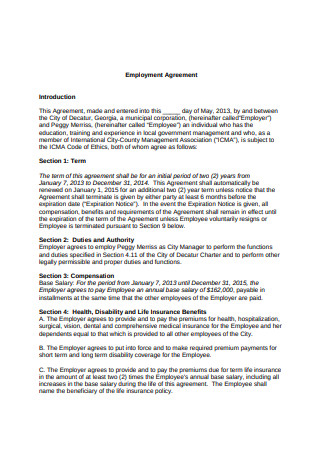
Standard Employee Agreement
download now -
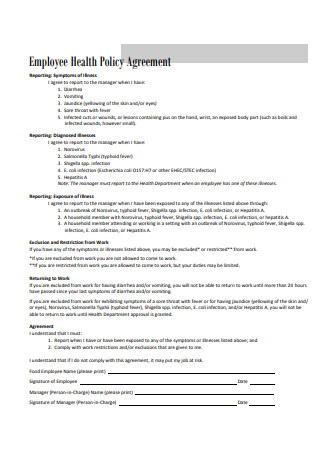
Employee Health Policy Agreement Format
download now -
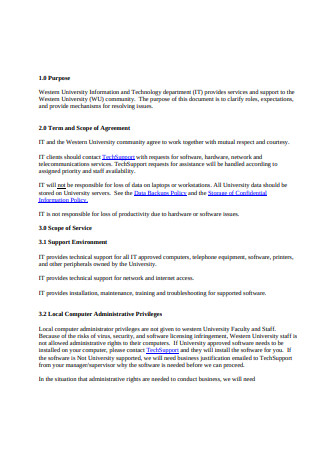
Employee Service Level Agreement
download now -
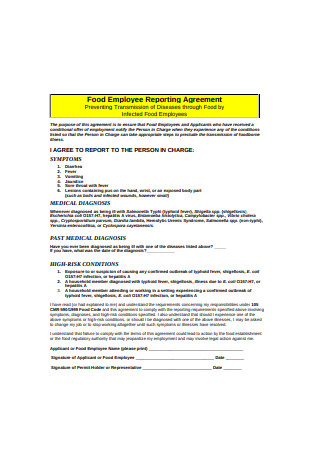
Food Employee Reporting Agreement
download now -
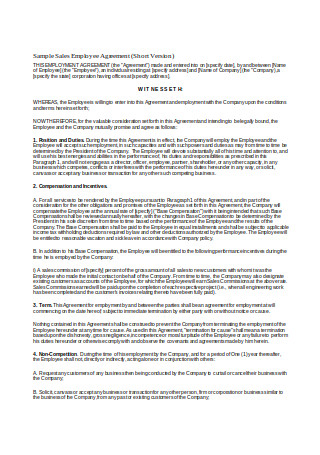
Sample Sales Employee Agreement
download now -
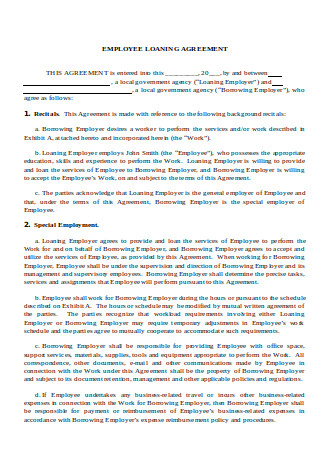
Employee Loaning Agreement
download now -
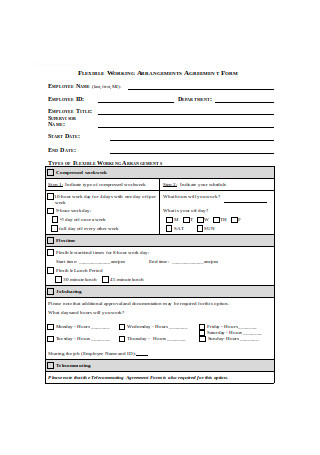
Sample Employee Agreement Form
download now -
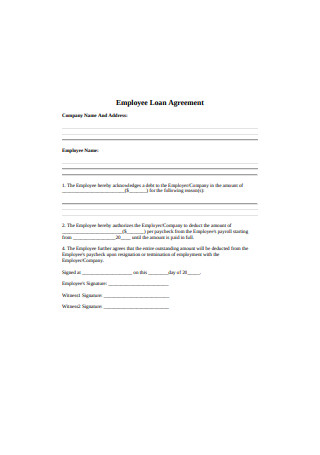
Employee Loan Agreement
download now -

Employee Equipment Loan Agreement
download now -
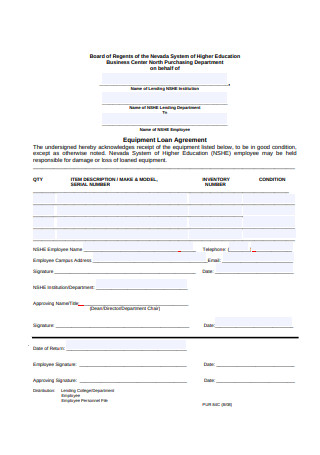
Employee Equipment Loan Agreement Format
download now -
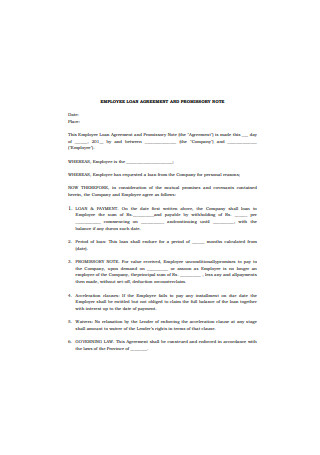
Employee Loan Agreement and Promissory Note
download now -
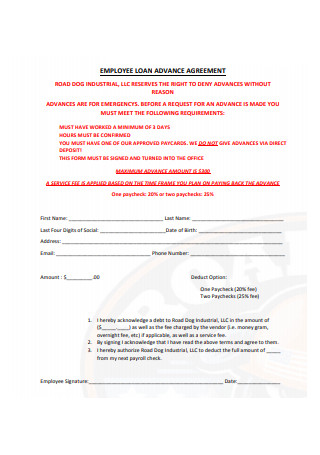
Employee Loan Advance Agreement
download now
What Is an Employee Agreement and Why Is It Important?
Aside from making negotiations and closing deals with clients, a written agreement is also crucial in making employer-employee arrangements. An employee agreement serves as the first form of communication between the employers and the newly hired employees before these people get to handle their responsibilities within the company. Much like other types of agreements, an employee agreement establishes a clear relationship between the company and its workers. Moreover, it outlines the terms and conditions of employment and specifies the rights, responsibilities, and policies both parties have to adhere to.
An employee agreement is essential in every company regardless of the nature of employment, be it full-time, casual, or fixed-term. An effective employee agreement set expectations on the part of the employee before he or she starts working for the company. Another advantage of this document is that it helps the employers convey essential information to their employees regarding the company’s goals, rules, protocols, and among others.
Types of Agreements Your Company May Need
As the employees continue to handle their duties and responsibilities within the company, there might be a need for the employer to come up with other types of agreement apart from the first one presented to the employee. It may include but not limited to an employee loan agreement, employee confidentiality agreement, and employee sales agreement. In this section, we will walk you through the basics of each type.
Loan Agreement: As much as some people believe that money can’t buy happiness, it is an undeniable fact that finances play a crucial role in our lives. Employees work hard so that at the end of the day, they will receive enough compensation that enables them to provide themselves and their families the things they need and want. However, there are instances wherein an employee’s salary is not enough for the time being. In such cases, some companies offer loans to their employees who are facing financial challenges. Doing so can help decrease employee tardiness, absenteeism, and disengagement.
If you are considering employee loans for your company, make sure that you provide the necessary documents such as a loan agreement. A loan agreement is a legally binding document specifying that the employer can deduct a particular amount from their employees’ paychecks for the money they owed from the company. This document guarantees the company that they get paid for the money they lent. On the other hand, it assures the employees that the amount deducted from their salary is reasonable.
Confidentiality Agreement: In a competitive corporate world, you would not want to share your secrets with anyone who might jeopardize your business. However, a company might need to share confidential information with the employees, given that they are also working for its development. To make sure that their employees don’t disclose the company’s secrets to success and innovation, employers let their workers sign a confidentiality agreement.
Also known as a non-disclosure agreement, a confidentiality agreement is a contract that helps protect the secrets of a business. This legally binding document should be specific about which particular information are confidential and which are not. Moreover, it should make it clear to the employees until when the details will be held confidential and what consequences the employees will face if they will breach the agreement. Note that a non-disclosure agreement and non-compete agreement are two distinct types of agreement. While the non-disclosure agreement prevents the employees from sharing the secrets of a company, the non-compete agreement prevents the employees from working for the competitors after their employment period.
Sales Agreement: Some employees receive commissions for the sales they make through selling products or rendering services. It may be in addition to their base pay or their salary itself. Commission-based compensations can help increase employee engagement since it motivates them to hit the target or do better. However, the Fair Labor Standard Act (FLSA) does not require companies to pay for commissions.
For companies that pay their salespeople on commission, a sales agreement or sales commission agreement is a must-have before these employees start doing their respective jobs. The document should provide an outline of the nature of work, commission percentages, and other arrangements regarding the salary.
Making Your Employees Stay: An Employer’s Guide
The primary goal of a company is to generate sales and have a solid customer base. For this reason, entrepreneurs implement strategic plans to establish good customer relations and gain loyal customers in the long run. However, some business owners fail to realize that keeping their employees is as important as keeping their clients. A report from the Society for Human Resource Management showed that the average cost for a company to fill up a job position is $4,129. Moreover, it takes an average of 42 days to fill in a vacant position. Taking this information into account, we can conclude that hiring new employees instead of retaining the old ones can cost the company a fortune.
Your role as an employer does not stop with establishing a good relationship with your employee. After they signed the employee or employment agreement, the next step you have to take is making sure that they will stay. Here are some of the ways that can help you retain the best talent in the company.
Communicate: As an employer, you should not just keep track of your business’ operations but also the wellbeing of your employees. Remember that a happy workforce is an efficient workforce. Therefore, you must bear in mind that it is vital to keep an open line of communication with your employees so they can relay to you their concerns with regard to the work they do. Moreover, communicating with your employees makes them feel valued and enables you to have a clear picture of what is going on in your company.Challenge Employees: Employees would want to stay in a company that will mold them into better individuals, someone who will make a contribution not just to the company but also to society. However, it is inevitable that in some instances, these employees will feel like they are stuck in a rut. Help them break out of the slump by challenging them to maximize their skills in the workplace. You can assign them to a department where they can utilize their skills and talents. Through this, you gave them the opportunity to grow within the company. Nevertheless, you should still be sensitive to their sentiments and make sure that their workload is not too heavy to bear.Provide the Equipment Needed: Another factor that adds up to the exhaustion of the employees is the failure of the company to give adequate equipment. For this reason, the company should be able to provide the equipment and facilities needed by the employees to accomplish tasks more efficiently. Before assigning your workers to a particular task, see to it that you have enough resources that will help them carry out the duty.
How Can Employers Draft an Enforceable Employee Agreement?
As companies employ more people in search of the most competent ones, there is a need for employers to provide employment agreements for each of their employees. And if you haven’t drafted one yet, we have outlined a step-by-step guide that will assist you in creating an enforceable and effective employee agreement.
Step 1: Prepare Essential Information
For the pre-writing process, you first have to prepare the details you will write in the agreement and other crucial information that enables you to come up with a strong and legally binding document. This information includes the following: job description, policies, and proprietary information. Aside from these, you should also acquaint yourself with both the federal and state laws regarding labor. Doing so will guarantee you that anything you will write in your agreement will not be against the law.
Step 2: Start With Identifying the Parties Involved
After providing a title for your document, the first element that should reflect in the agreement is the names of the parties involved. This section should include the full name of the employee and the name of the company. You should also mention in the agreement where the company operates. Then, specify the effectivity date of the agreement.
Step 3: Include the Key Elements
Every type of agreement should include various clauses for it to fully serve its purpose to both parties. With that, make sure that your employment agreement includes crucial elements such as the responsibilities of the employee, the benefits he or she will receive, working hours, information regarding unpaid or paid leave of absence, and the termination procedure. Most importantly, the agreement should thoroughly discuss the compensation the employees will receive, how the payroll professionals calculate it, and how can the employees receive their paychecks. If there is a need for you to include clauses about non-compete, ownership, and confidentiality, then make sure to specify it in the document.
Step 4: Consult an Expert
Even if you did your research about agreements and employment, it would still be best if you consult someone who is an expert about the legal parameters of employment. Consult a lawyer and have your draft reviewed before you discuss the terms and conditions with your newly hired employees. Although seeking advice from these professionals will cost you money, they will assure you that the document is industry-compliant and enforceable.
Step 5: Discuss the Terms of Employment
After proofreading the document and making sure that it is free from errors, discuss the terms and conditions with the employees. In doing so, make sure that they have a full understanding of everything that reflects in the agreement. Lastly, close the deal with a handshake and a signature on each page of the agreement.
A cardinal sin among company owners is the lack of documents containing the terms and conditions of any business processes. If you are managing a company, know that the importance of contracts and agreements for business-related endeavors cannot be understated. These legally binding documents vary in form and use. It is not just for closing the deal with clients but also for making arrangements with employees. As mentioned beforehand, an employee or employment agreement is the first form of communication between an employer and a new hire. Therefore, it is a necessity and will always be.
